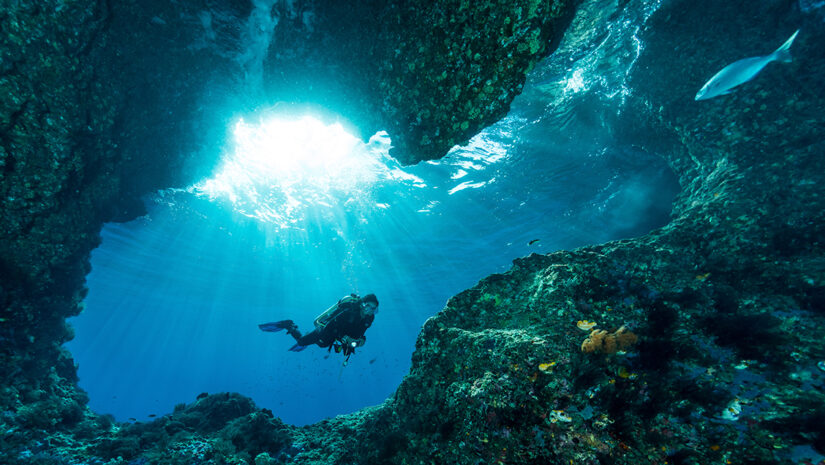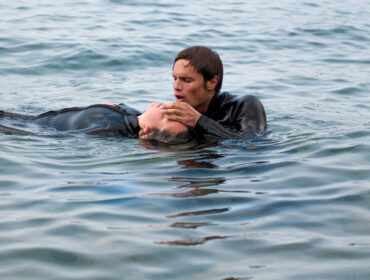In our previous article about cave diving, you learned about speleothems and haloclines. Continue reading to discover why the top cave diving entrances are springs, siphons, sinkholes, and cenotes.
Before entering the cavern zone on our trip into an underwater cave, we must move from above ground to the underground world via some entrance. The four most common entrances to underwater caverns and caves are springs, siphons, sinkholes, and cenotes.
Springs
A spring is where water flows directly out of the ground. Typically, it will flow into a creek or river, but it can also form a “spring run.” Springs can also reverse, meaning they begin flowing back into the ground. This can be potentially dangerous for divers unaware of the phenomenon. Springs tend to be relatively silt-free due to water flow but require more careful gas planning due to currents.
Siphons
A siphon is where water flows into a cave. These are considered more dangerous because of flow, the need for additional gas management planning, the potential for sediment to flow into the cave and reduce visibility, and the increased potential for debris.
Sinkholes and Cenotes
Sinkholes and cenotes are formed when a cave’s ceiling collapses due to the roof dissolving or eroding or a change in water surface height that reduces water pressure against the ceiling. Cenote is the Spanish word for a well or exposed groundwater. Sinkholes and cenotes can be inline, offset, or closed.
Inline Sinkholes and Cenotes
An inline sinkhole or cenote means the opening is directly above the water flow.
Offset Sinkholes and Cenotes
An offset sinkhole or cenote means the opening is after the central passage of water.
Closed Sinkholes and Cenotes
A closed sinkhole or cenote means the roof collapse has blocked access to the cave. A cone of debris is standard in all sinkholes.
Typically, at least two passages of water flow to and from a sinkhole. If there is a noticeable current, the side water flows from is referred to as upstream, and where the water flows to is downstream.
In the next part of our Cave Diving series, we’ll discuss different types of caves!





